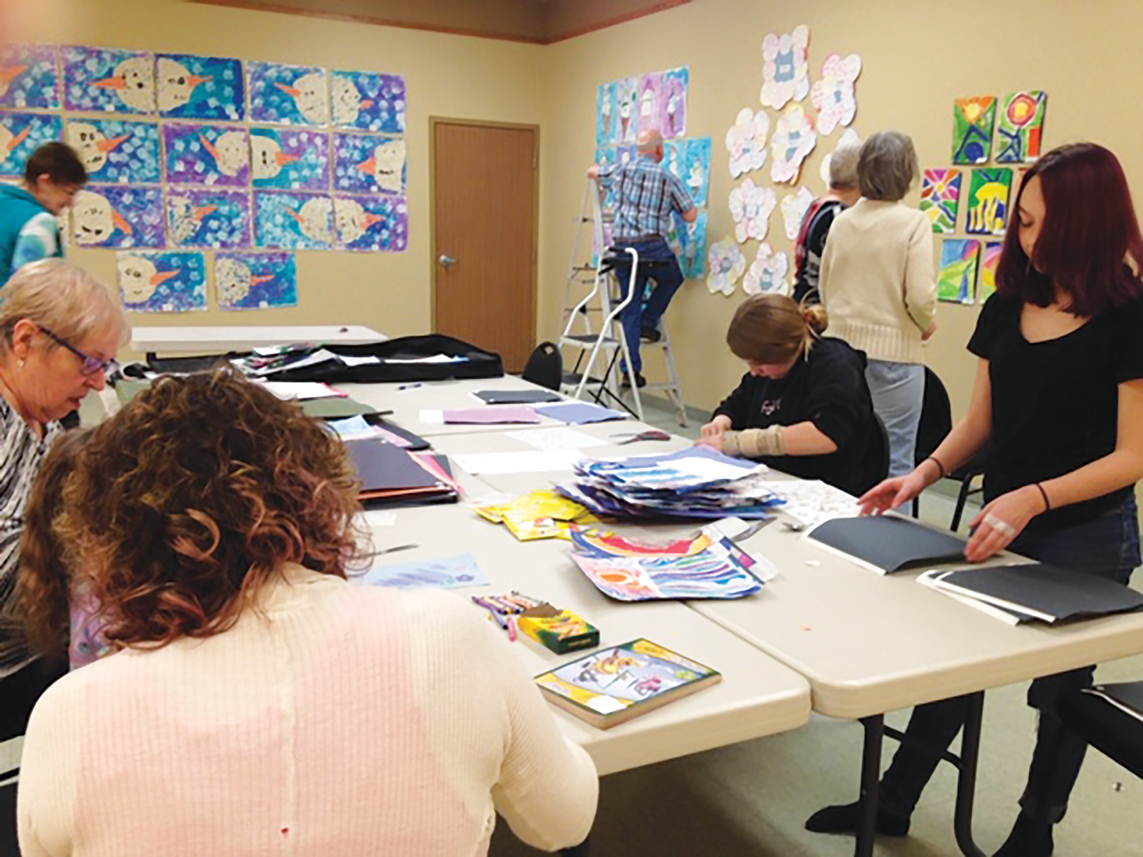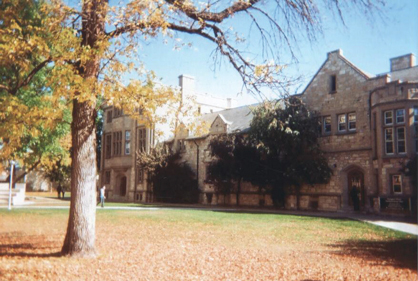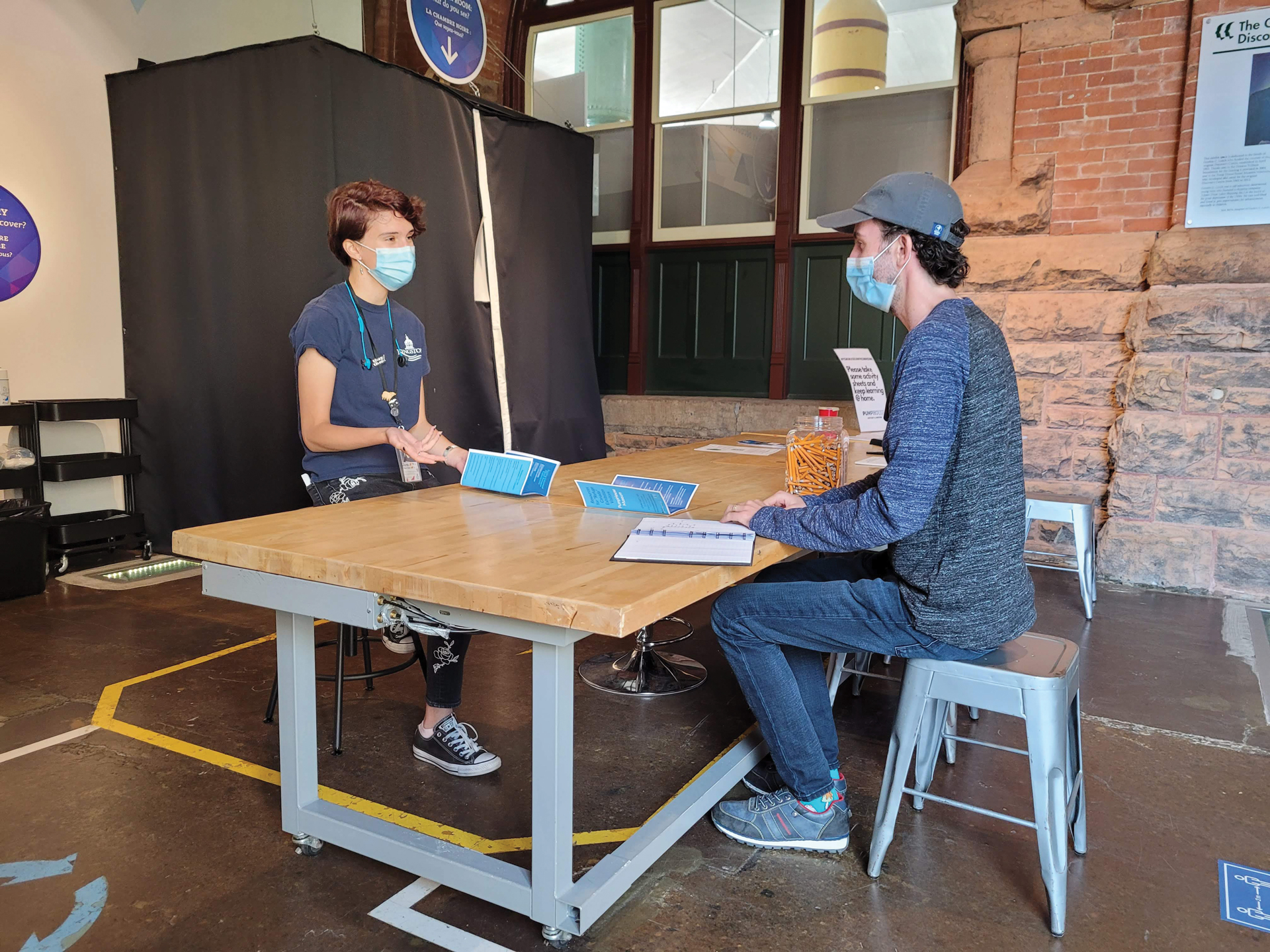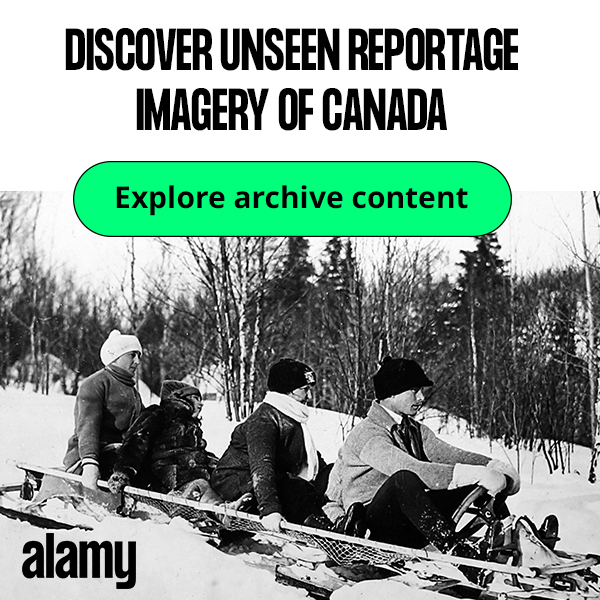
Photo — Biggar Museum and Gallery, Saskatchewan
Joining a board
Vincent Houghtaling
Board work provides valuable experience for EMPs; each meeting and project is a learning opportunity. Some board policies are very thorough and clear, which will teach you to recognize best practices. Other boards may be in different organizational stages, and you may find yourself solidifying policy or strategy. This is also a learning opportunity; it’s a chance to develop and set key directions for organizations that matter to you.
After graduation, I wanted to gain board experience to learn more about policy and governance. While I’d worked with and studied boards before, my first position came out of a confluence of factors. I was attending a professional development session where regional cultural organizations were discussing their concerns and a common issue was the need for fresh perspectives. They knew their boards needed more than the same limited group who had been cycling through the same positions for a number of years, but they didn’t know where to start. One member asked, “How do you get an EMP on your board?” I had a parallel question. “I’m an EMP. How do I get on a board?” After asking my question privately to one of the organizers, I was connected with an organization seeking board members, and I suddenly found myself on a board.

Saskatchewan Hall is a student residence at 91 Campus Drive, University of Saskatchewan, Saskatoon, Canada. Photo — Creative Commons
It’s true that the situation I just described does not exactly answer my question, “How do I get on a board?” If I am being honest, I still don’t really know the best way to find a board even though I am currently on two. The second sought me out because they knew me already and I in turn knew most of their staff and multiple board members. I was also keen on working in the province’s museums.
The fact that I don’t have a good answer is itself the crux of the issue. Many boards don’t know how best to find new people, including EMPs, and many aspiring board members don’t know how to find appropriate opportunities. Improved communication would benefit everyone.

City of Kingston Program Coordinator Alexander McLean (he/him) (L) and Cultural Heritage Interpretation and Program Assistant Juno Radulovic (they/them) (R) sit down talking to one another about a resource pamphlet at the activity table in the Discovery Centre at the PumpHouse, their workplace. Photo — Alexander McLean
To boards seeking eager individuals with fresh insights: it’s difficult to birdwatch in the basement. Your nominations committee may need to actively pursue and search for people outside your circle. Seek out local EMP groups, consider who you meet at professional development events, review the staff at other museums around town, and make announcements and social media posts about your board member search if it’s appropriate. Then, once you have these new EMP board members, take care to not chase them away. Provide training on the role of the board and how best to do the job. Ensure everyone feels equally welcome, able to share input, and be as free as possible from physical, financial, or other barriers.
So, to boards seeking members and members seeking boards, I encourage you to meet and communicate clearly what you’re looking for. If you represent a board, why not ask, “
How can I get an EMP on my board?” There may just be an EMP waiting to ask you “How do I get onto your board?” You’ll all be better after your conversation. M
Vincent Houghtaling, MA Arts Leadership, Queen’s University, is the Administrative Assistant at Moose Jaw Museum & Art Gallery, and a board member for the Museums Association of Saskatchewan.
